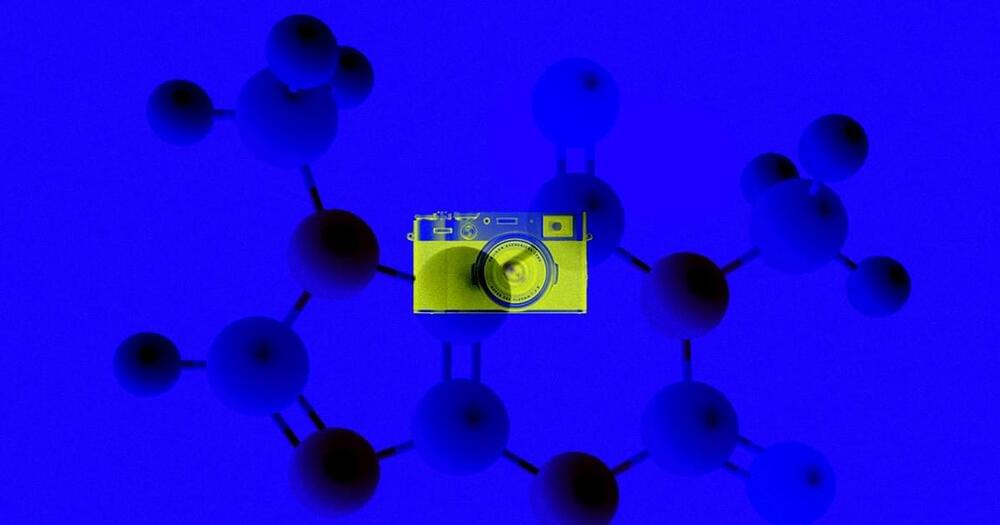Tesla’s Gigafactory Nevada has achieved an incredible milestone. As seen in an image recently shared online, the expansive battery facility has formally produced its 1 millionth battery pack. This is a notable achievement, especially considering the uphill battle that Tesla and its battery partner, Panasonic, had to go through to ramp the facility’s battery production activities.
A picture of Gigafactory Nevada’s 1,000,000th battery was posted on the r/TeslaMotors subreddit. The special occasion was commemorated by the Giga Nevada team, with the battery pack being signed by numerous employees. A sign that read, “We have officially built 1,000,000 packs at Gigafactory Nevada,” could also be seen in the image.
Since starting its battery production activities in January 2,017 Gigafactory Nevada has played a key role in Tesla’s overall operations. The facility does not produce vehicles, but it manufactures powertrains and 2,170 battery cells for the Model 3 and Model Y, Tesla’s two mass-market cars. When it was initially pitched by CEO Elon Musk, however, the skepticism surrounding Gigafactory Nevada was notable.





 The company behind the yacht is Swiss Sustainable Yachts (SSY), formed in2018by Dr. Adrian Beer, a passionate yachtsman and serial entrepreneur who also founded and is CEO of the GrupoBeer corporation which advises and assists companies recovering from natural disasters.
The company behind the yacht is Swiss Sustainable Yachts (SSY), formed in2018by Dr. Adrian Beer, a passionate yachtsman and serial entrepreneur who also founded and is CEO of the GrupoBeer corporation which advises and assists companies recovering from natural disasters.
